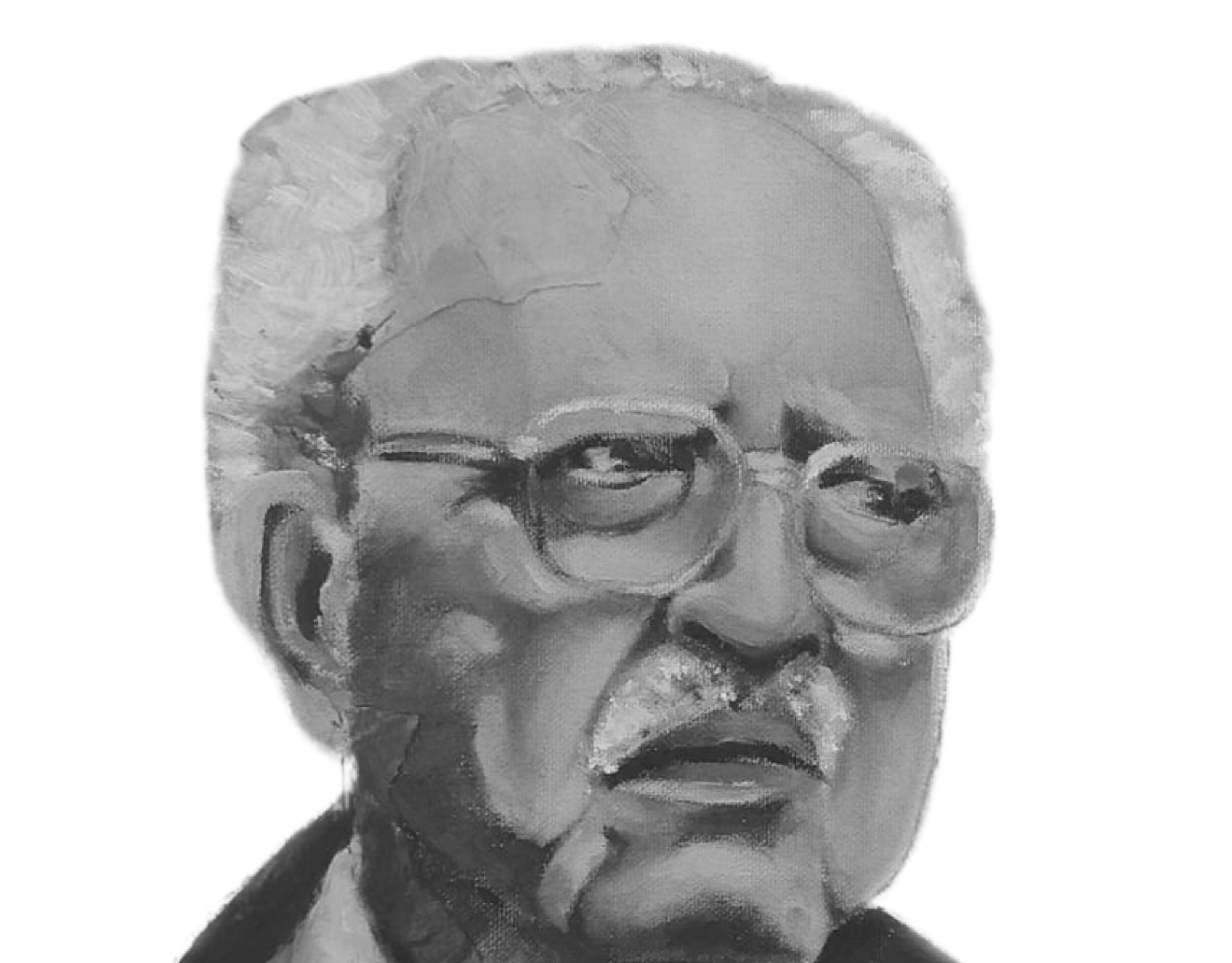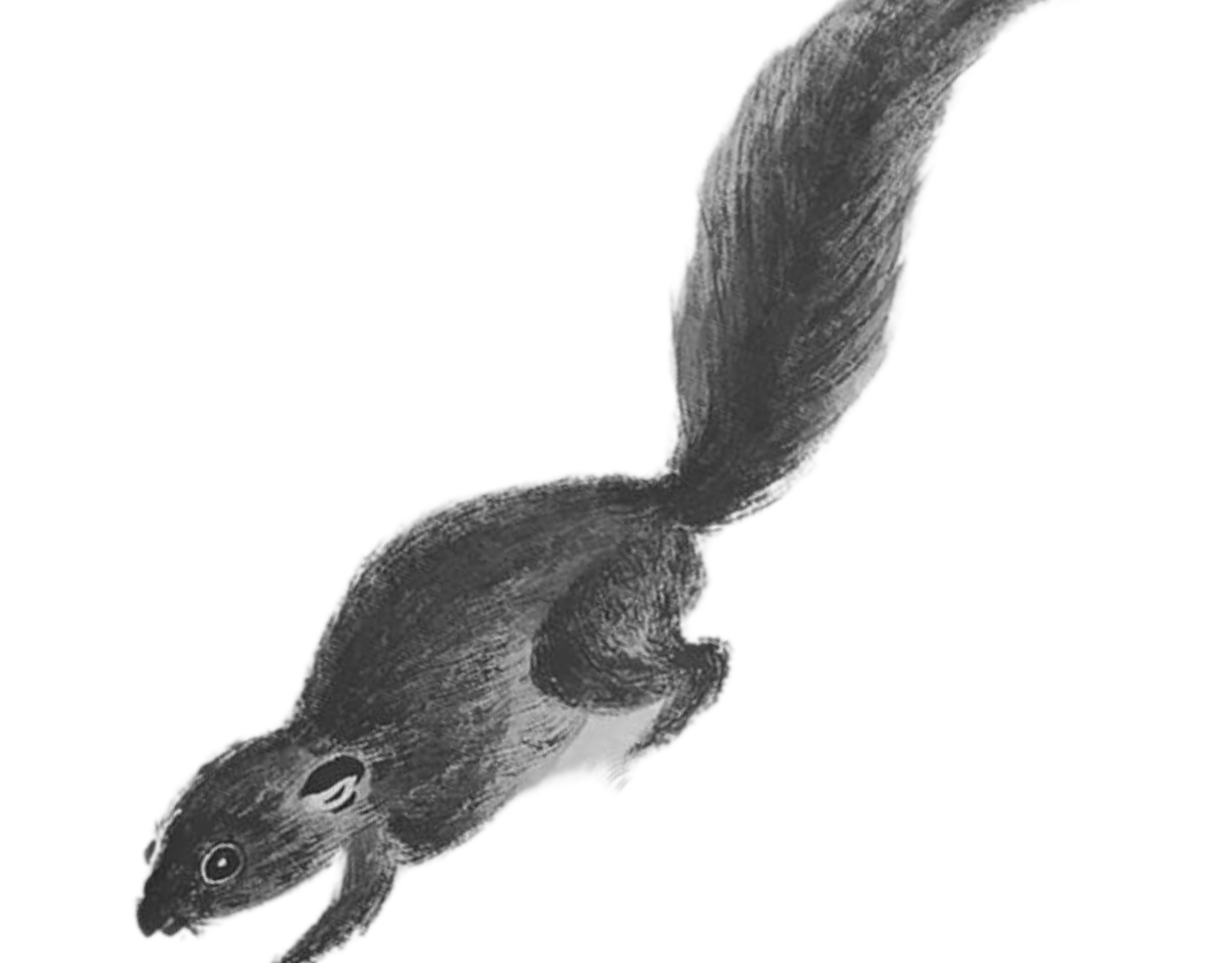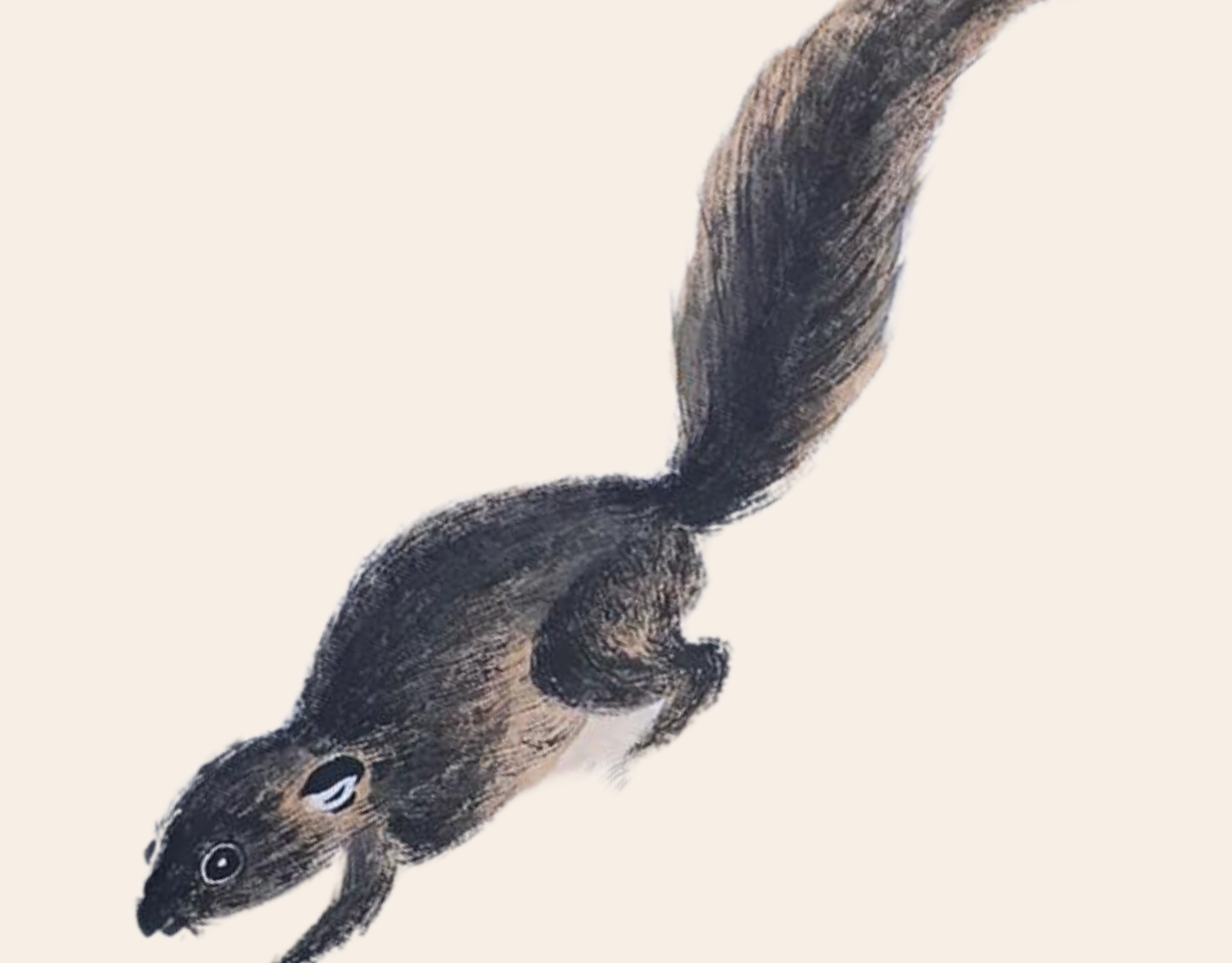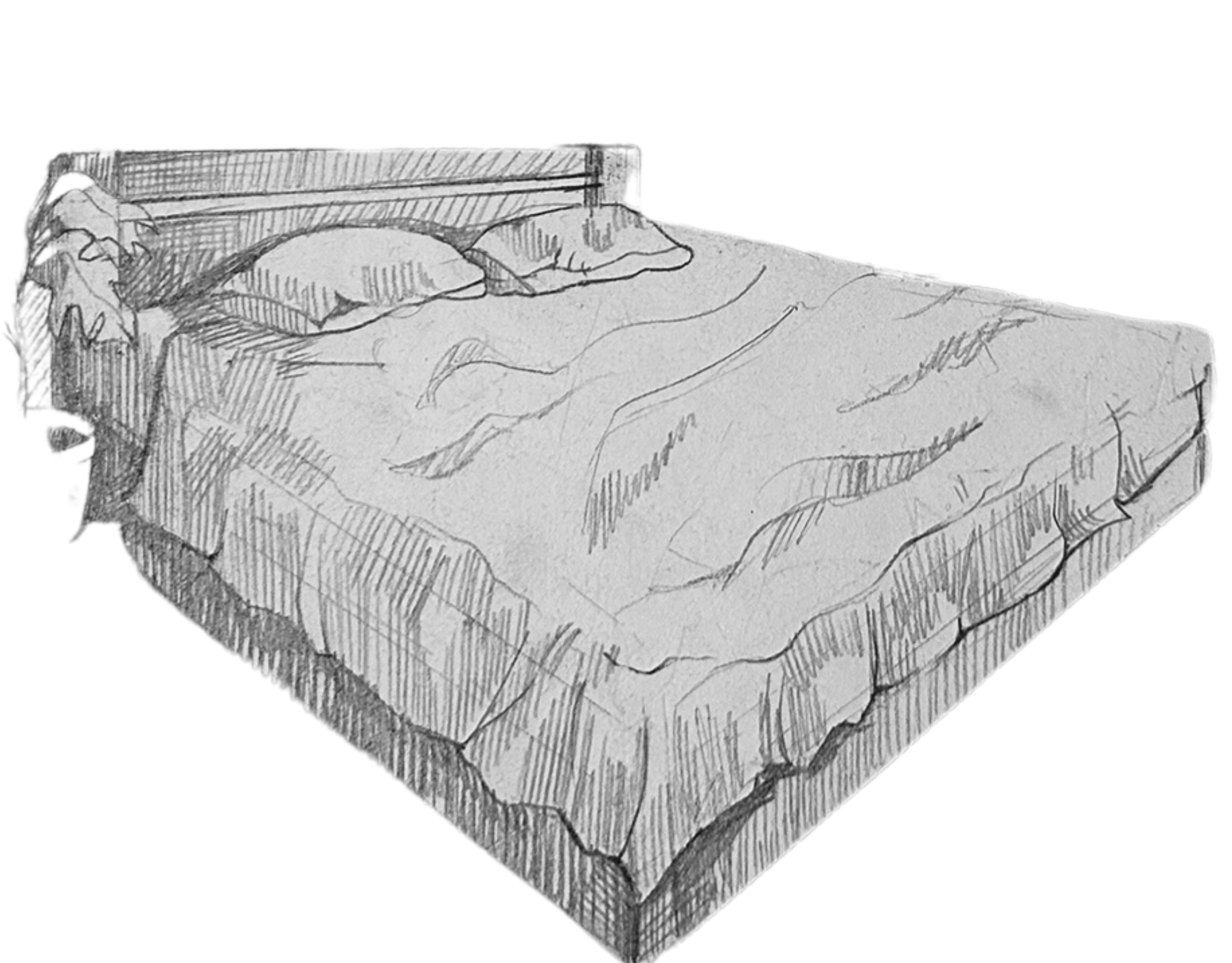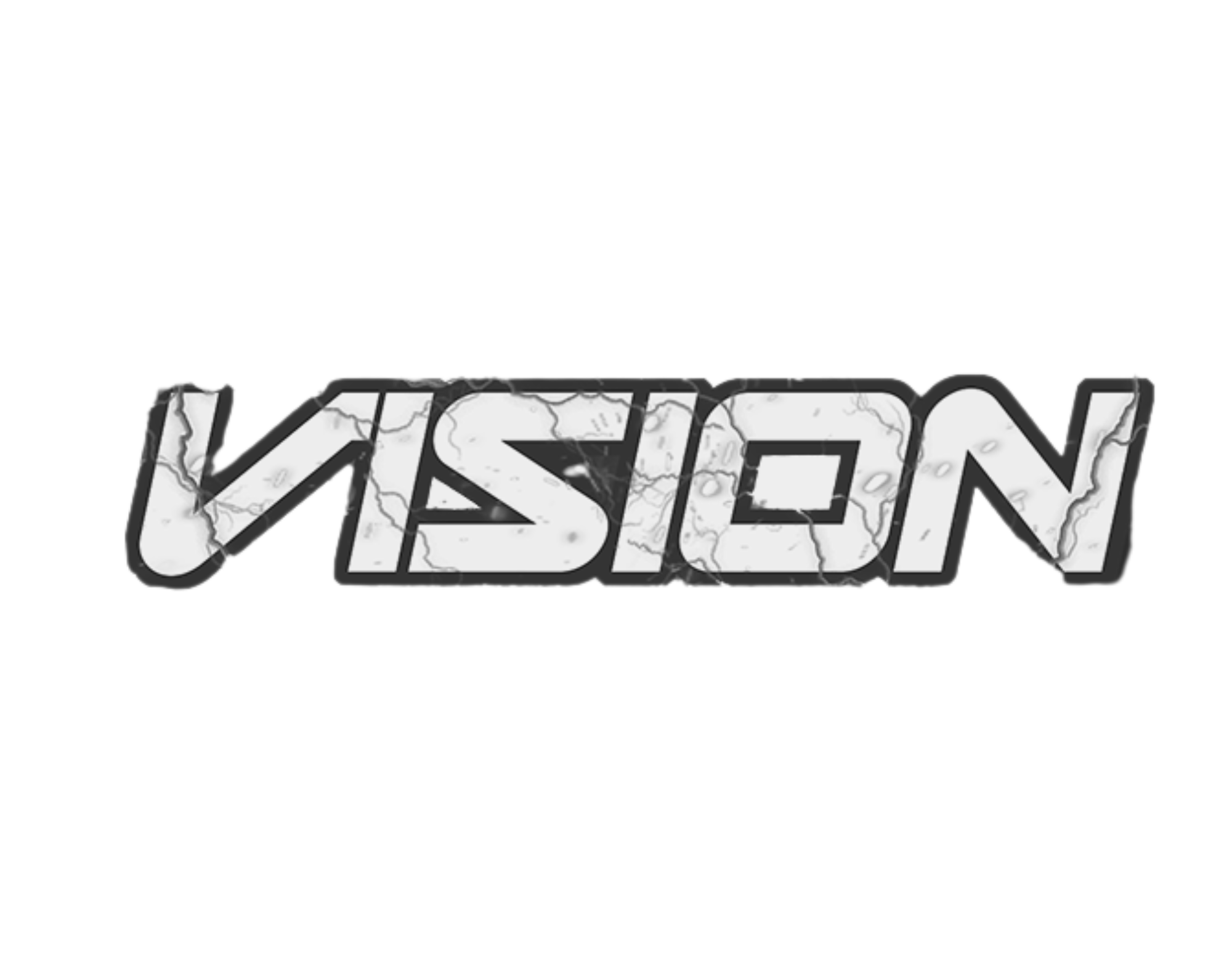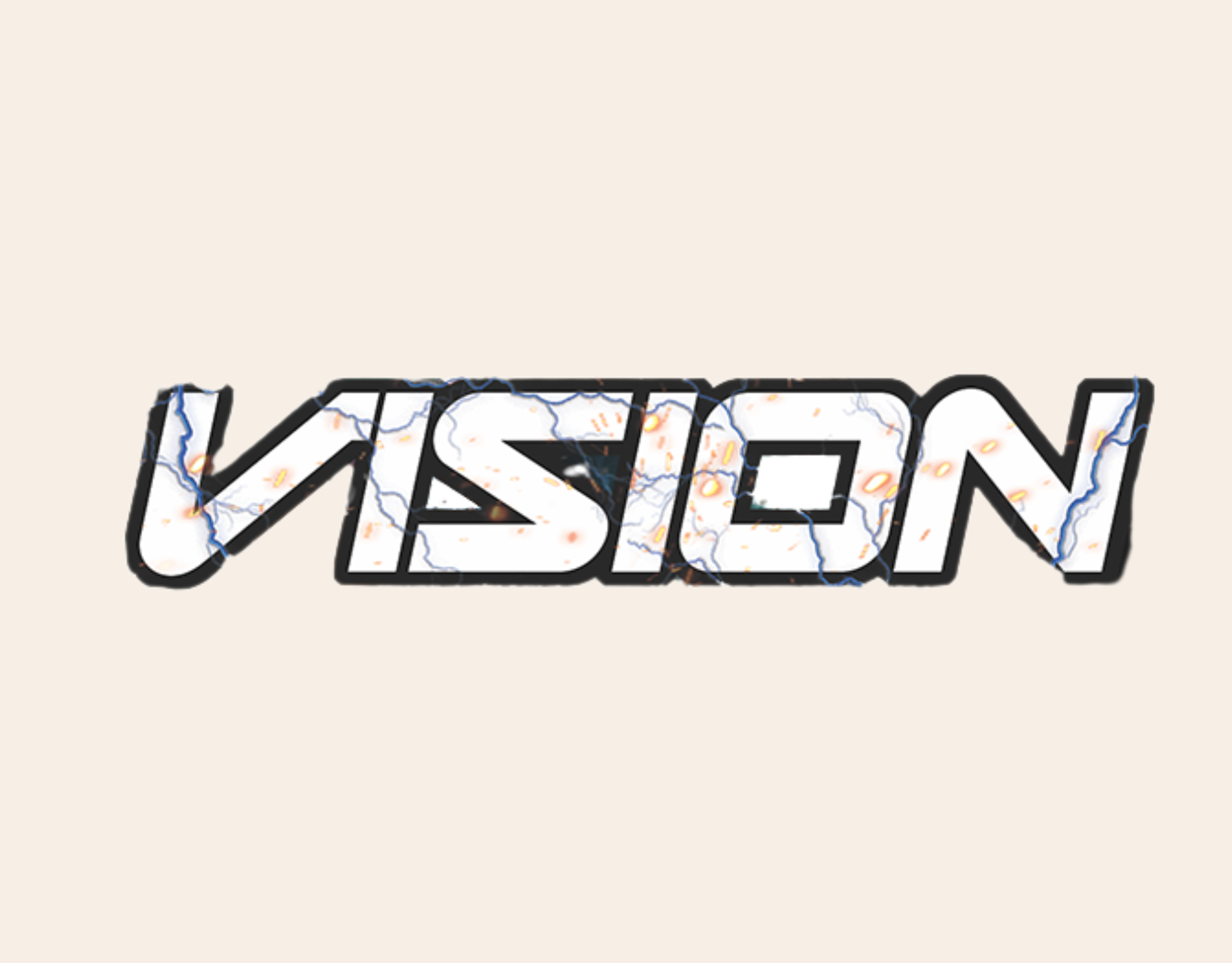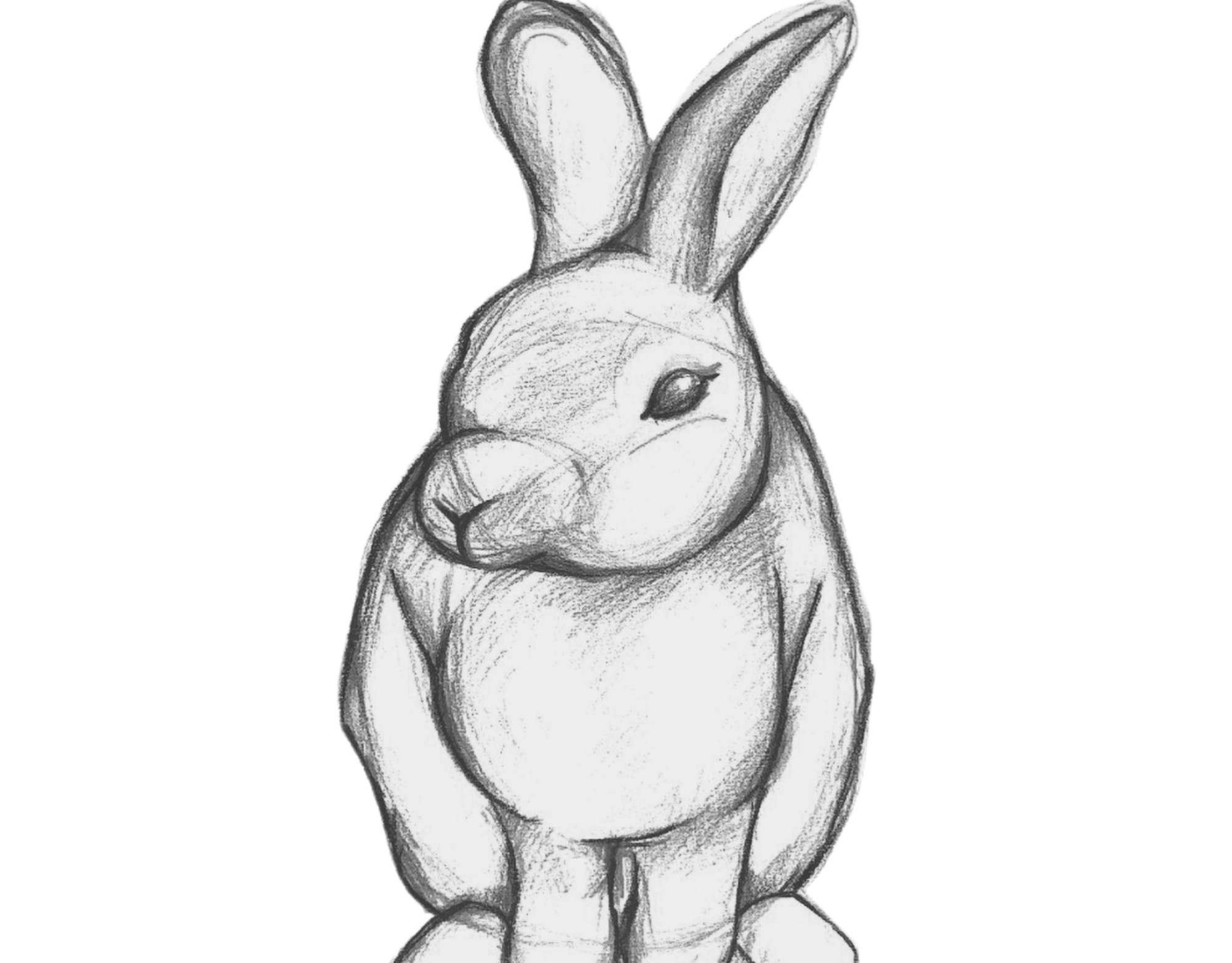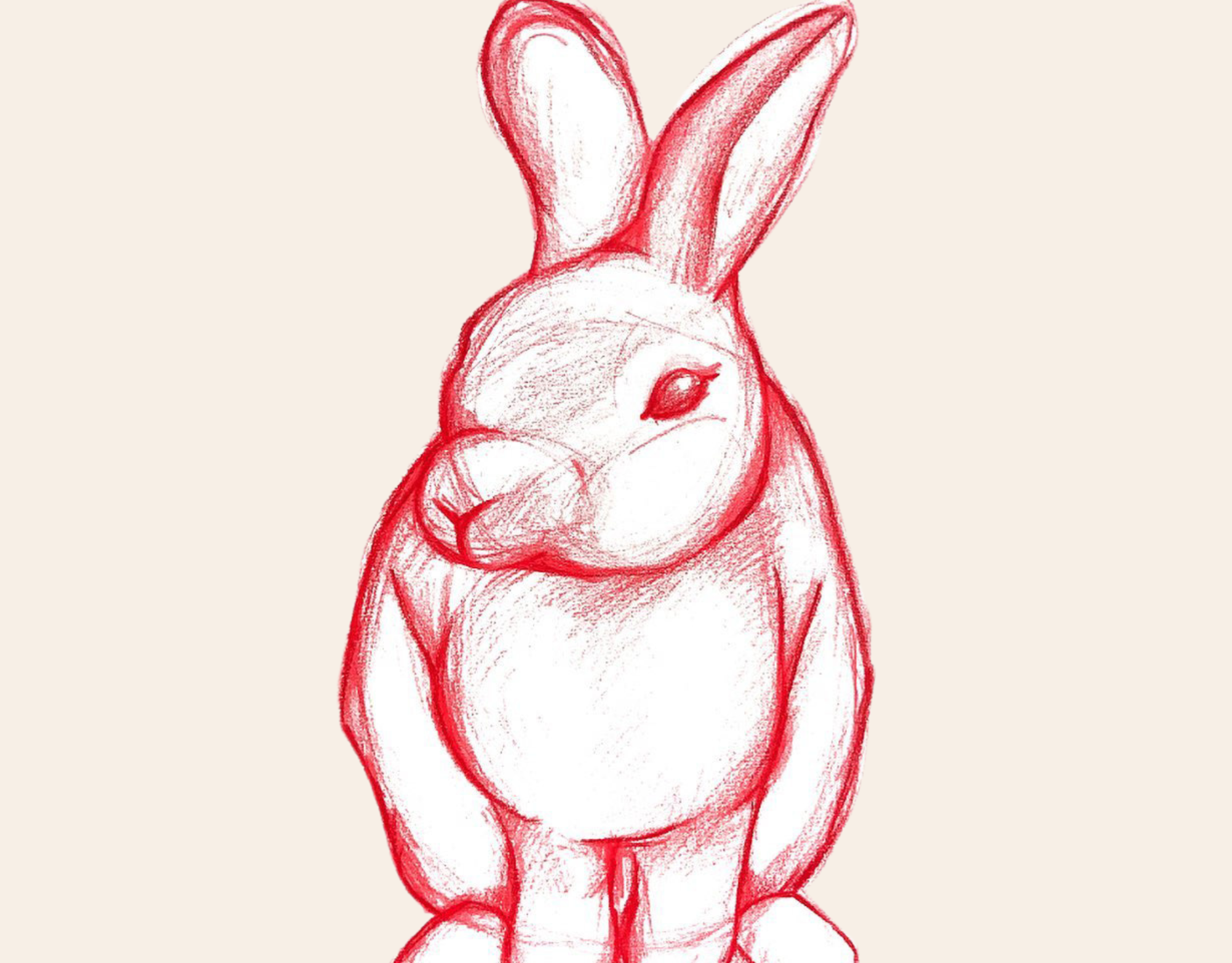Environmental Drawing is a type of illustration that focuses on depicting natural or built environments. It is commonly used in concept art, architecture, landscape design, and storytelling. This form of drawing emphasizes spatial depth, atmosphere, and how objects interact within their surroundings.
Types of Environmental Drawing
Natural Environments – Landscapes, forests, mountains, rivers, and oceans.
Urban Environments – Cityscapes, streets, buildings, and public spaces.
Fantasy/Sci-Fi Environments – Imaginary worlds, futuristic cities, alien planets.
Interior Environments – Rooms, hallways, and interior spaces with detailed design.
Purpose & Applications
Concept Art & Game Design: Creating immersive worlds for video games, films, and animations.
Architecture & Urban Planning: Visualizing spaces before construction.
Illustration & Storytelling: Setting scenes in comics, books, and animations.
Environmental Awareness: Educating about ecological issues through artistic representation.
Key Techniques
Perspective Drawing: Using 1-point, 2-point, or 3-point perspective for depth.
Lighting & Shadows: Creating mood and realism.
Composition: Arranging elements to guide the viewer’s eye.
Texture & Detailing: Adding realism to materials like water, rock, or buildings.
COMMISSION
You can commision Anisa for bespoke art and design across illustration, concept art, and visual development—use the contact page to start the conversation.




